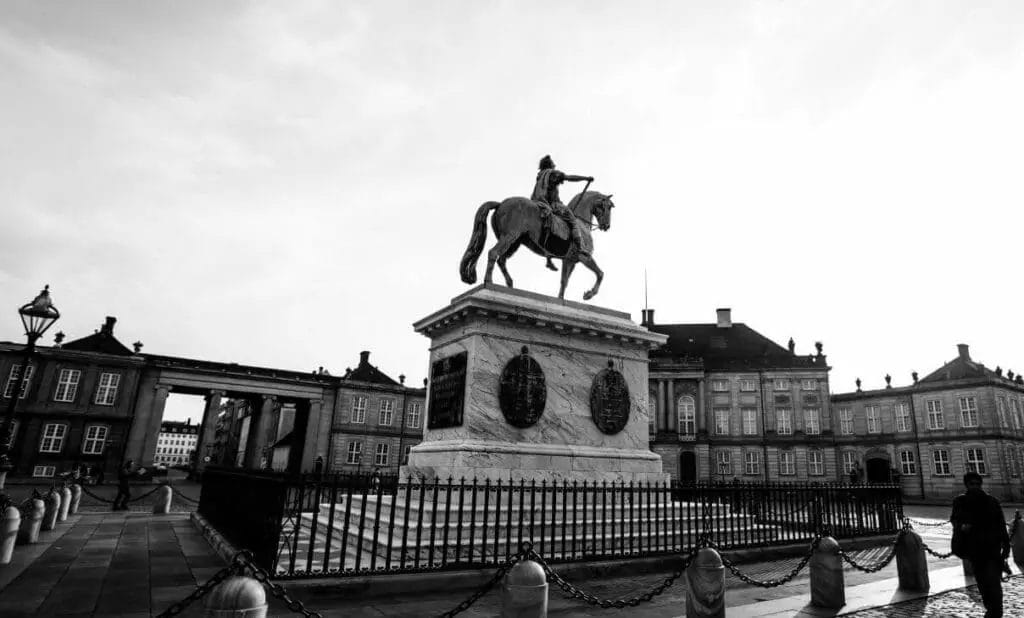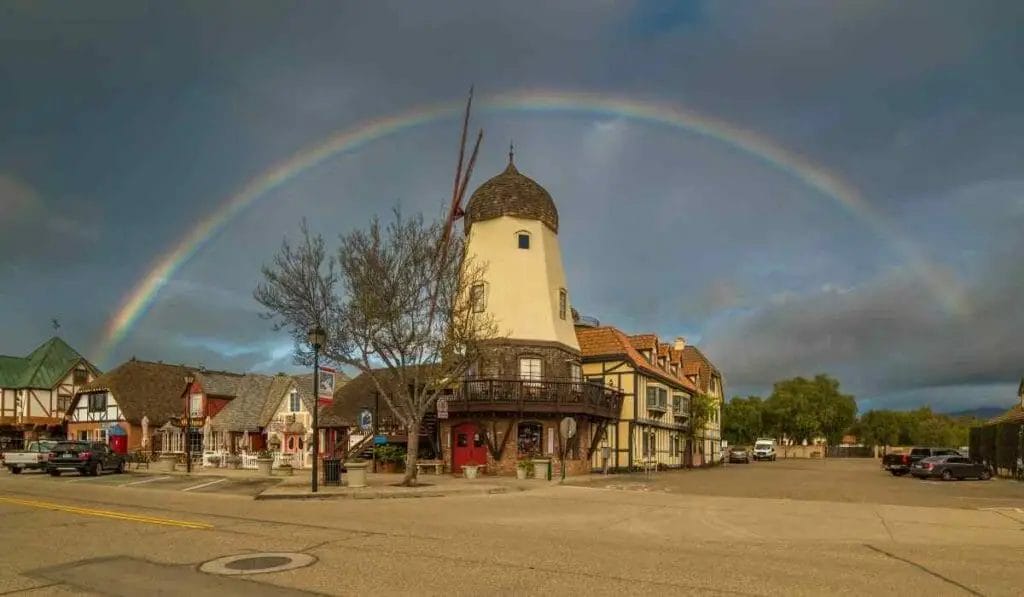
The first Danes arrived in North America at the beginning of the 17th century, on two small ships with their fellow sailors Swedes, Norwegians, and Germans.
These adventures were just the beginning, as during the first half of the 18th century Denmark started colonizing Greenland to finish it in the year 1776. Meanwhile, several Danish families immigrated to Pennsylvania in the mid-1800s.
Contents
Crossing the Atlantic Ocean under sail was everything but fun, in the small, often dirty and infested below deck accommodations for poor people. Unfortunately, these large Danish families were forced to immigrate to foreign countries due to a lack of jobs or prospects for a better life in their country.
When letters full of positive details about life in the USA arrived in Denmark, the number of Danes who wanted to immigrate increased rapidly.
From the beginning of the 19th till the end of the 20th century over 375,000 Danish citizens moved to the United States in hope of a brighter future and more life opportunities for their children.
Essay About History of the USA
Occasionally, names of Danish immigrants would be noted in the history of North America. Hans Christian Febiger, one of Gorge Washington’s closest officers during the American Revolution made it in the history books.
His nickname “Old Denmark” is well-known to the American history major students. The influence Danish immigrants have had on the most important historical moments in the USA could be a great assignment subject or research study.

Indeed, it was an exciting time, full of fascinating stories and moments, equally interesting as topics for a college essay on Salem witch trials are to help students be more educated in that topic.
However, after reading just a few books on this subject it becomes clear that it was also a time full of insecurity, poverty, violent deaths, civil turmoil, and struggles. It would not be fair to forget Charles Zanco who sacrificed his life at the Alamo, for Texan independence.
Today, the Danish flag placed at the Alamo chapel serves as a reminder of this selfless act.
Immigration Stories with Many Layers
There are three major reasons why Danish people were willing to make a dangerous journey over the Atlantic Ocean and move to North America.
The first one was religious freedom established in 1849 in Utah, which inspired Mormon missionaries from this state to start recruiting Danish members of the Church of Jesus Christ of Latter-Day Saints to immigrate to North America, till 1904.

The second reason is among the most interesting American history topics to write about in college and high school history essays regarding this matter. At the same time, it's an exciting essay research subject for students from all over the world too, due to the cause-and-effect relationship between the events that happened on two continents.
As a result of many border and sovereignty disputes, Denmark had to surrender the Schleswig region to Prussia. When King of Prussia became Emperor of Germany the citizens of the Schleswig area lost their rights including the one to use the Danish language in schools.
However, after the defeat in WWI, Germany was forced to return North Schleswig to Denmark and as a result of this “transfer” over 50,000 Danes from this region immigrated to the United States.
Although religious and political motives are strong enough, economic often appear to be the strongest. During the 19th century when Denmark's population started to rise due to better health and nutrition conditions, the economy was unfortunately not able to follow these changes.
Many Danish farmers took the opportunity given by the Homestead Act and moved to the USA with their families. Others were employed by the railroad and other big companies.
Danish Communities in the USA
By the beginning of the 20th century, Danes populated many regions of the United States including northern Illinois, South Dakota, Nebraska, and Minnesota.
The largest community has settled across Iowa with counties Audubon or Shelby, ranked first and third in the USA in the percentage of the population with Danish origin.
Analyzing how quickly these colonies, especially the small ones, assimilated into the USA society is yet another interesting and challenging dissertation topic to consider.

The first communities, made of Danish families organized in villages, were mostly agricultural, and in some areas including Tyler, Minnesota; Solvang, California, and Dagmar, Montana sponsored by the funding organizations such as Danish Folk Society (Dansk Folkesamfund).
However, a significantly much smaller number of Danish emigrants decided to try their luck in cities. At the beginning of the 20th century, Chicago was among the first designated urban places with more than 10,000 new residents born in Denmark, followed by New Your, Nebraska, Omaha, and several cities in Iowa.
In the fifties and sixties of the same century, Danes who moved to the USA were mostly young, single people, with high education, looking for more professional opportunities in the major USA cities.
Conclusion
Danish belongs to the group of North Germanic languages. In syntax and the use of verbs is very close to West Germanic languages such as English and German. For this reason, Danish immigrants learn English quicker than people from other countries.
The Library of Congress noted that Danish Americans were the least cohesive compared to other Scandinavians, willing to spread nationwide and marry other nationalities.
Even though speaking English or assimilating wasn’t difficult for Danes, they wanted to keep the record of their heritage by founding various organizations and institutions such as the Museum of Danish America, the Grand View University, and the Danish American Archive and Library.
Many Danes and people of Danish origin contributed to the USA's development in science, technology, literature, education, journalism, film, theater, music, sport, and politics.
Author’s Bio: James Collins is a creative, skilled content writer with broad experience in research and custom essay writing. His ability to accurately capture the essence of the topic and reach the audience is just one of many talents in his writing arsenal. His ability to adjust to any subject, combined with knowledge and excellent writing background make him an ideal professional assistance provider.

Be the first to comment